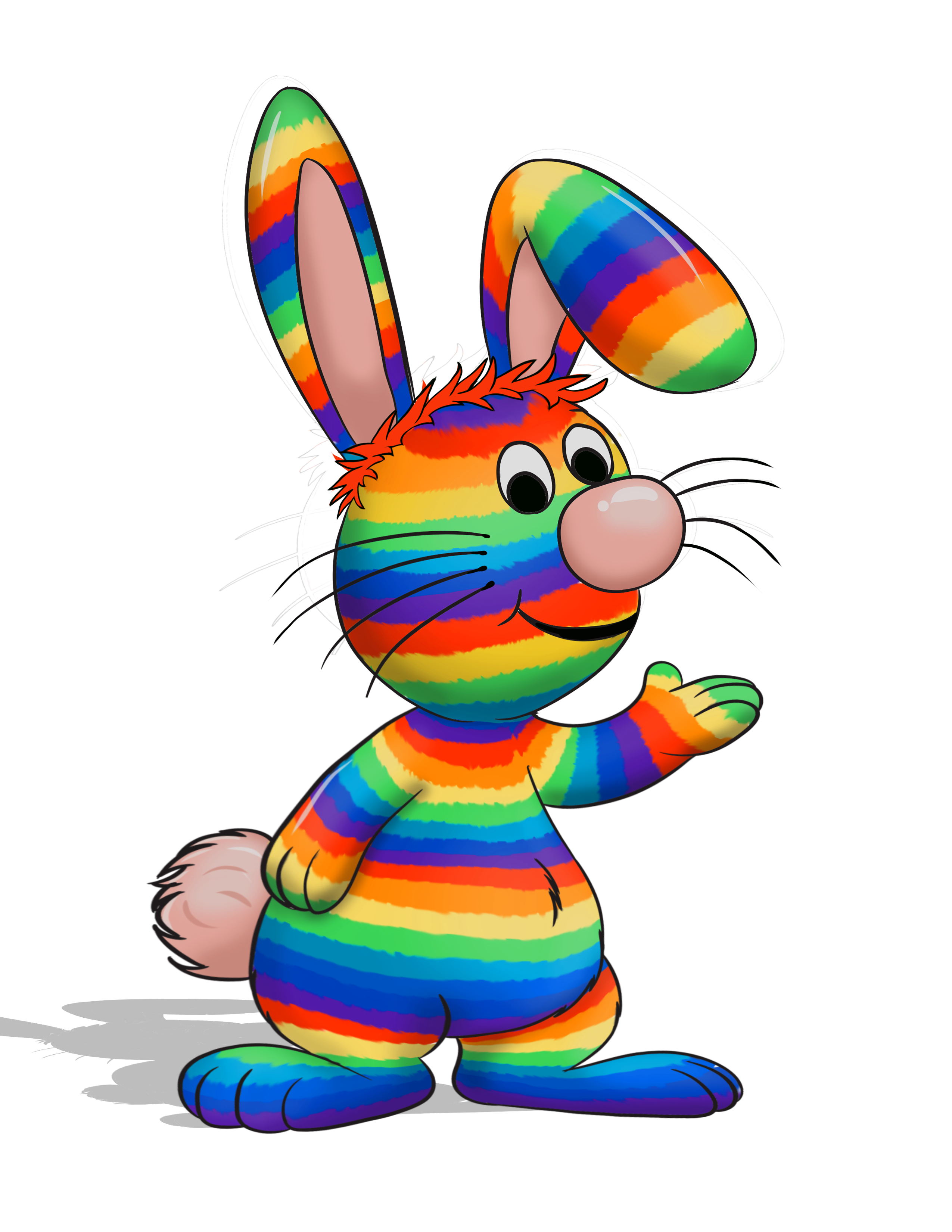
Literacy development doesn’t begin with letters or phonics—it starts with rhythm, sound, and connection. For children with special needs, accessing literacy can feel like trying to decode a foreign language. Meanwhile, the rest of the world speeds past. But music, with its natural structure and emotional resonance, offers a compelling bridge.
Music is more than just background noise. It has the power to activate parts of the brain that traditional instruction can’t always reach. This transforms how children process language and engage with reading.
A child absorbs patterns of sound long before they utter a word. These patterns lay the groundwork for spoken and written language. Music, rich with repetition, rhyme, and variation, mirrors the building blocks of language itself. For kids with developmental delays or language disorders, these musical patterns can help reinforce phonemic awareness. This method feels engaging instead of exhausting. When words are introduced within a song, they’re not just heard—they’re felt, remembered, and repeated with confidence.
Many children with special needs struggle with auditory processing, making it difficult to follow spoken instructions or distinguish similar sounds. Music helps to fine-tune these listening skills by emphasizing contrast and cadence. Songs train the ear to expect changes. The dramatic pause before a chorus helps to recognize these changes. The rise and fall of a melodic line also aids in recognition. Over time, this heightened sensitivity to sound can help children hear the difference between “bat” and “pat.” It also helps them follow a sentence without getting lost midway.
Not every child finds their voice through words. Some children—especially those with autism or selective mutism—rely heavily on gestures, expressions, or even silence. Music opens a door for expression that isn’t tethered to speech. Through humming, clapping, or simply swaying to a beat, these kids participate in storytelling. They engage in rhythm-building exercises. These activities nurture the precursors of reading and writing. They do this even without verbal output. In these moments, engagement counts more than articulation.
For educators and parents juggling binders of learning materials, turning physical sheet music into digital files can lighten the load. With a mobile scanning app, capturing music pages with a smartphone is effortless. You can instantly convert them into PDFs for easier sharing and storage. Whether prepping for a classroom session or organizing practice at home, a free scanner app eliminates misplaced papers. It ensures music is always within reach. This kind of accessibility supports consistent practice, especially for children who thrive on routine and predictability.
Memory is a cornerstone of literacy—recalling the order of letters, the sounds they make, and how words fit together. For children with dyslexia, ADHD, or processing disorders, this sequencing can be a daily battle. Music introduces structure in a naturally memorable form, whether through catchy lyrics or rhythmic patterns. Songs like the alphabet tune or nursery rhymes do more than entertain. They provide a scaffolding that supports retention and recall. This turns learning into something rhythmic and repeatable.
Reading isn’t just a solo act—it’s a social one. Children develop literacy skills not just by reading quietly but by listening, discussing, and sharing ideas. Singing in a group fosters these social interactions in a low-pressure environment. Whether it’s a classroom sing-along or a music therapy session, children learn turn-taking, attention-sharing, and conversational rhythm. These are foundational skills that directly support literacy, especially in children who often struggle to navigate verbal exchanges.
When families and educators view literacy through a musical perspective, they find a richer set of tools for language development. These tools are more inclusive. Music isn’t a substitute for traditional literacy methods. It’s an amplifier, a connector, and, for many kids, a much-needed invitation into the world of words. By integrating song into daily routines, lessons, and play, caregivers and teachers meet children where they are. They offer not just instruction, but connection. And for a child who finds print overwhelming, that connection can be the first step. It will lead them toward reading with not just the eyes, but with the heart.
Charlene Roth is a stay-at-home mom of four. Her children’s health and happiness are her top priority — which both come down to safety! She started Safety Kid as a way to support other concerned moms and dads and is currently working on her first book, The A – Z Guide for Worried Parents: How to Keep Your Child Safe at Home, School, and Online.
Discover how Rainbow Rabbit can inspire your child’s imagination and development—visit us today for free sample lessons and more!
